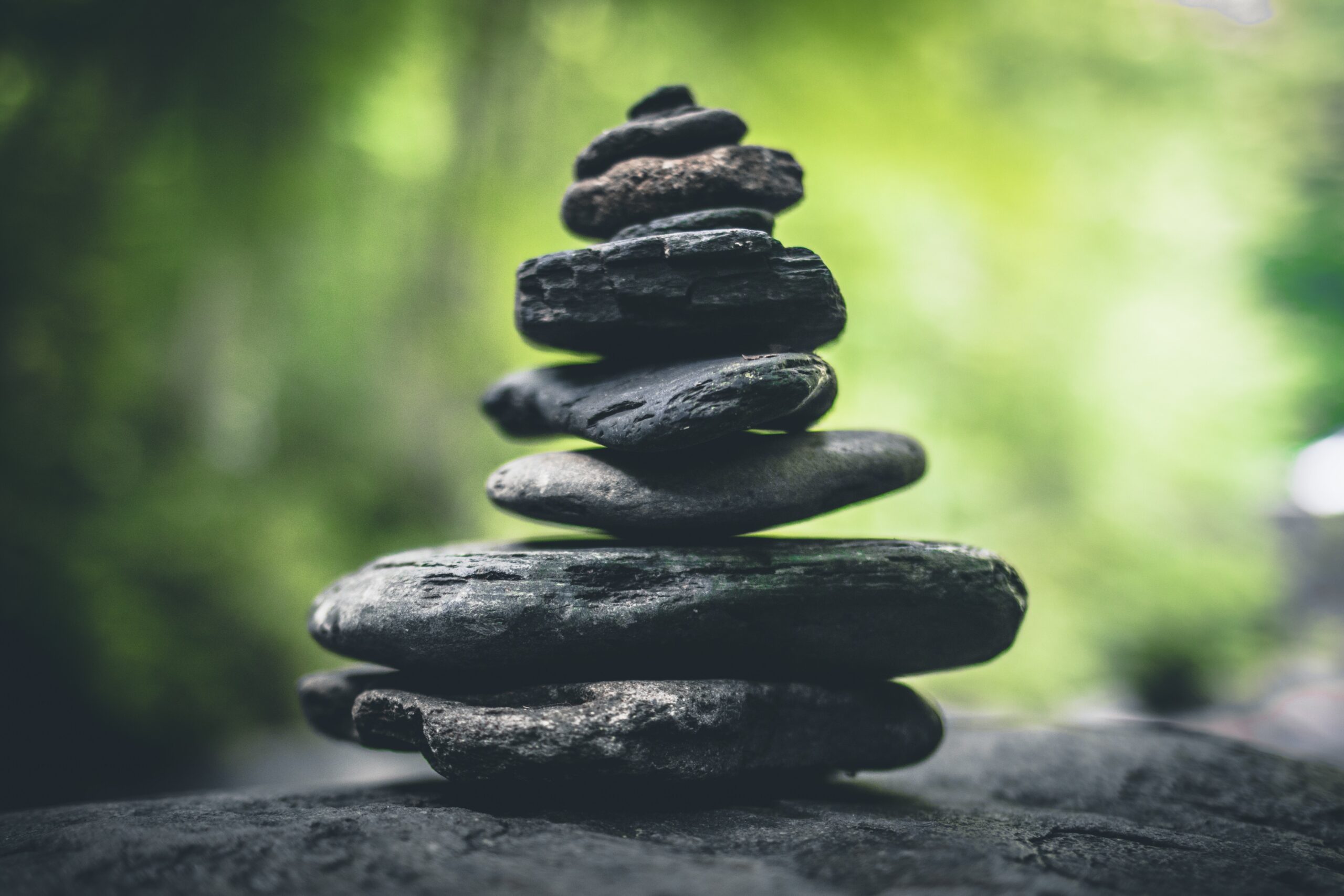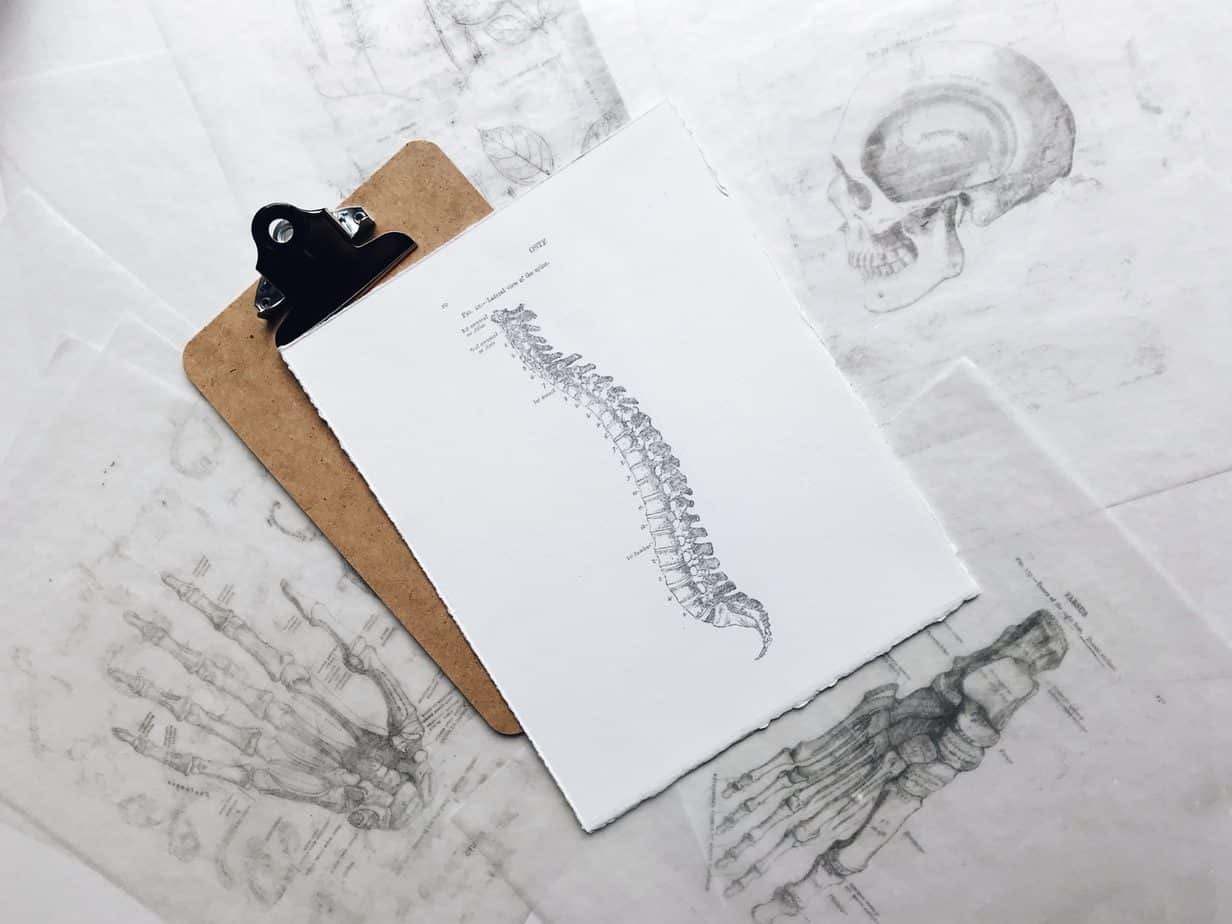How to Make Exercise a Habit

It is safe to say we all know that exercise is a vital component of living a long, healthy life. Keeping our body moving is the best thing that we can do for ourselves today and for the years to come. We know that we SHOULD exercise, but do we really understand just how powerful movement truly is? And even more important, do we understand how to make it a regular habit?
Why you should exercise:
- Decreased risk of developing type II diabetes, high blood pressure, osteoporosis, coronary artery disease, cardiovascular disease,
- Decreased cholesterol and triglycerides levels
- Decreased risk of premature death from inactivity-related chronic diseases
- Decreased anxiety and depression
- Promotion of psychological well-being and reduced stress
- Improved strength and flexibility
- Improves energy levels and reduces fatigue
- Improves cardiopulmonary fitness and endurance
- Maintained independence as we age
- Maintenance of healthy body weight
- Improved body image and self-confidence
Guidelines
Through a modest increase in daily activity, most individuals can improve their health and quality of life. The America College of Sports Medicine guidelines recommend that adults under the age of 65 should accumulate “30 minutes or more of moderate intensity physical activity on most, and preferably all, days of the week.” Moderate intensity activity means working hard enough to raise your heart rate and break a sweat, yet still being able to carry on a conversation.
Can You Get Away With Less?
While these are exercise guidelines for optimal health, the power of exercise and movement is so great that even adding in SOME physical activity to your regular routine has significant benefits! A 2019 study found that maintaining a routine of light physical activity can reduce the risk of coronary artery disease (CAD) and cardiovascular disease (CVD). Older adults who engaged in 5-10 hours of light physical activity per day- such as walking, gardening, and yoga, reduced their risk of CAD by 46% compared to those who did not and reduced their risk of CVD by 31%. Some physical activity is better than none!
Over 45?
It’s also never too late to begin to lead a more active lifestyle! Another recent study tracked leisure-time physical activity levels of 300,000 adults over 46 years and concluded that adults who started physical activities- hiking, tennis, running, swimming, etc for 2-8 hrs/week- after the age of 30 reduced their risk of all-cause mortality by nearly 36%, almost as much as adults who’ve remained active since adolescence!
It’s okay if you are starting to exercise later in life and it’s okay if you have to start out light, but the key is you have to get started!
Beyond decreased risk for disease, exercise helps us to feel better and combat mental health conditions such as depression and anxiety. However, according to the 2015 Stress in America only 17% of people reported that they routinely exercised, despite reporting that exercise resulted increased self-esteem, improved mood, and decreased stress levels.
What does this all mean?
It is hard to get exercising and keep up the habit.
We are here to help. Regularly participating in exercise is a behavioral change– in other words, you have to create a habit of it. Did you know that there is actually science behind habit formation? Here are our top suggestions, based on Charles Duhigg’s book, The Power of Habit, to make exercise a lifelong activity that you don’t absolutely dread every day:
1. Decide what exercise habit you want to select:
Pick an activity that brings you joy whether it be swimming, dance class, soccer, yoga, a brisk walk in the park, or whatever else makes you fall in love with movement again. If you constantly feel like, you are going to be less likely to do it long term.
2. Find your cue and protect your time:
Where will you be? What will you have just finished? What time will you exercise? Set a schedule and place it in your calendar like you would any other important event. Try to set a reminder on your phone! Remember, this is your time that you are protecting to dedicate to your health and wellness. We have to prioritize our health and balance our schedules, even if we are busy.
“Those who don’t make time for exercise will make time later for illness.”- Edward Stanley
3. Find your reward:
Implement or identify a healthy reward that will occur as a result of your exercise habit. Try first identifying a short-term reward such as a tasty smoothie after a workout, or “the runner’s high” and then a long-term reward, such as a more strong, fit, and healthy body, or a longer, better quality life. After a few days, ask yourself if you crave this reward? If not, find another one.
4. Prepare and identify barriers:
Get moving and have your bag packed or your gear set out ahead of time. Sometimes it just takes one more extra step before an activity to make us decided against it entirely. Don’t let an empty gym bag and busy morning stand between you and your health!
5. Develop your routine:
Put all of these steps together. Studies show that the easiest way to implement a new habit is to write out a plan.
When I (cue) , I will (the exercise habit you want to create) because it provides me with (reward) .
Body Harmony Physical Therapy empowers people to live healthier lives through awareness, movement, and increased physical activity. Be sure to ask your physical therapist about how to implement a safe exercise routine for you. To learn more, check out the ACSM Exercise Fact Sheet or read the ACSM Physical Activity Guidelines.
So, take a walk with loved ones, bike to work or brunch, take the stairs, park at the back of the parking lot and walk, join a dance class, play tennis; whatever you chose to do, keep moving!
Written by: Serenity Serafini, DPT
References:
- LaCroix, AZ. Bellettiere, J. Rillamas-Sun, E. Association of Light Physical Activity Measured by Accelerometry and Incidence of Coronary Heart Disease and Cardiovascular Disease in Older Women. JAMA Netw Open. 2019;2(3):e190419. doi:10.1001/jamanetworkopen.2019.0419
- Saint-Maurice, PF. Coughlan, D. Kelly, SP. Association of Leisure-Time Physical Activity Across the Adult Life Course With All-Cause and Cause-Specific Mortality. JAMA Netw Open. 2019;2(3):e190355. doi:10.1001/jamanetworkopen.2019.0355
- Duhigg, C. The Habit Loop. The Power of Habit: Why We Do What We Do In Life and Business. New York, New York: Random House Trade Paperbacks; 2012:31-77.







